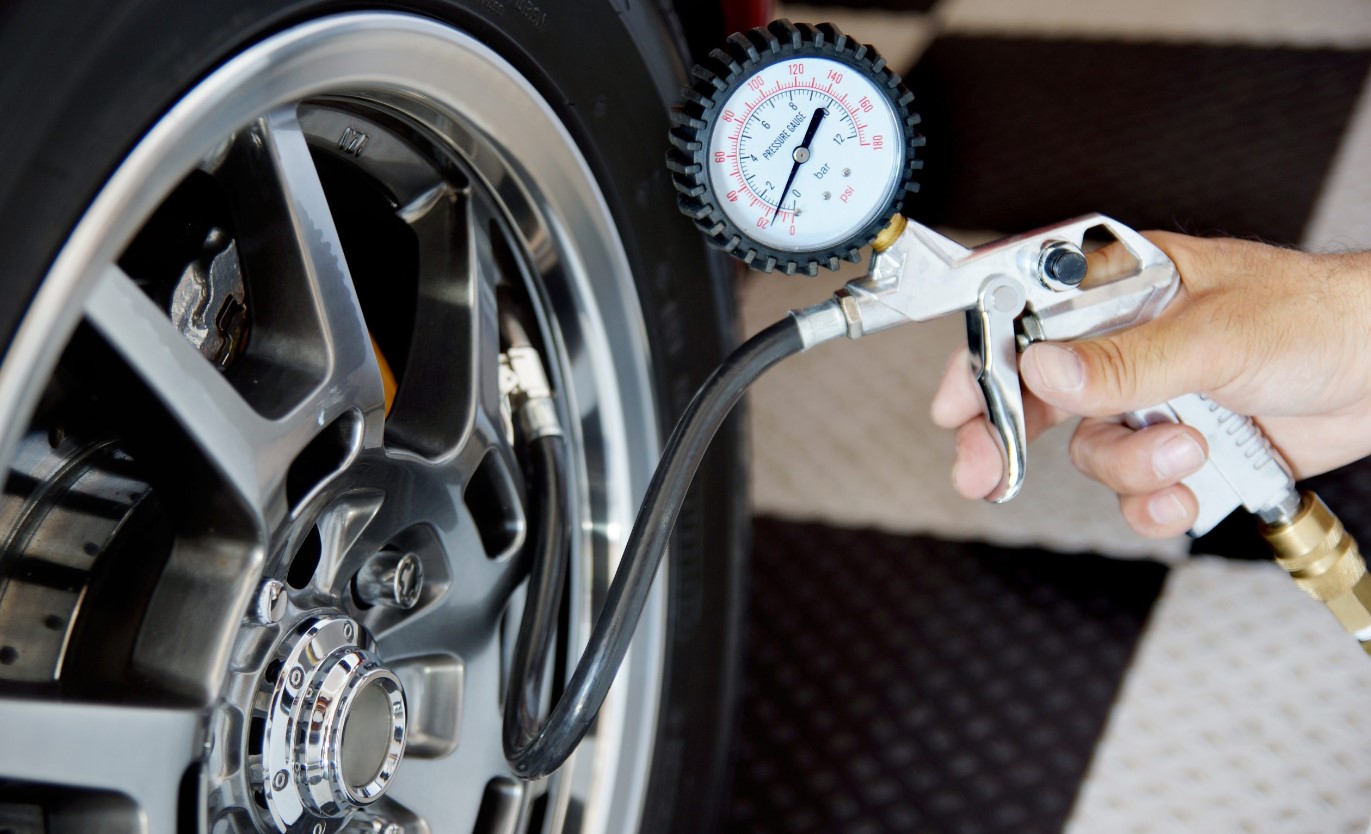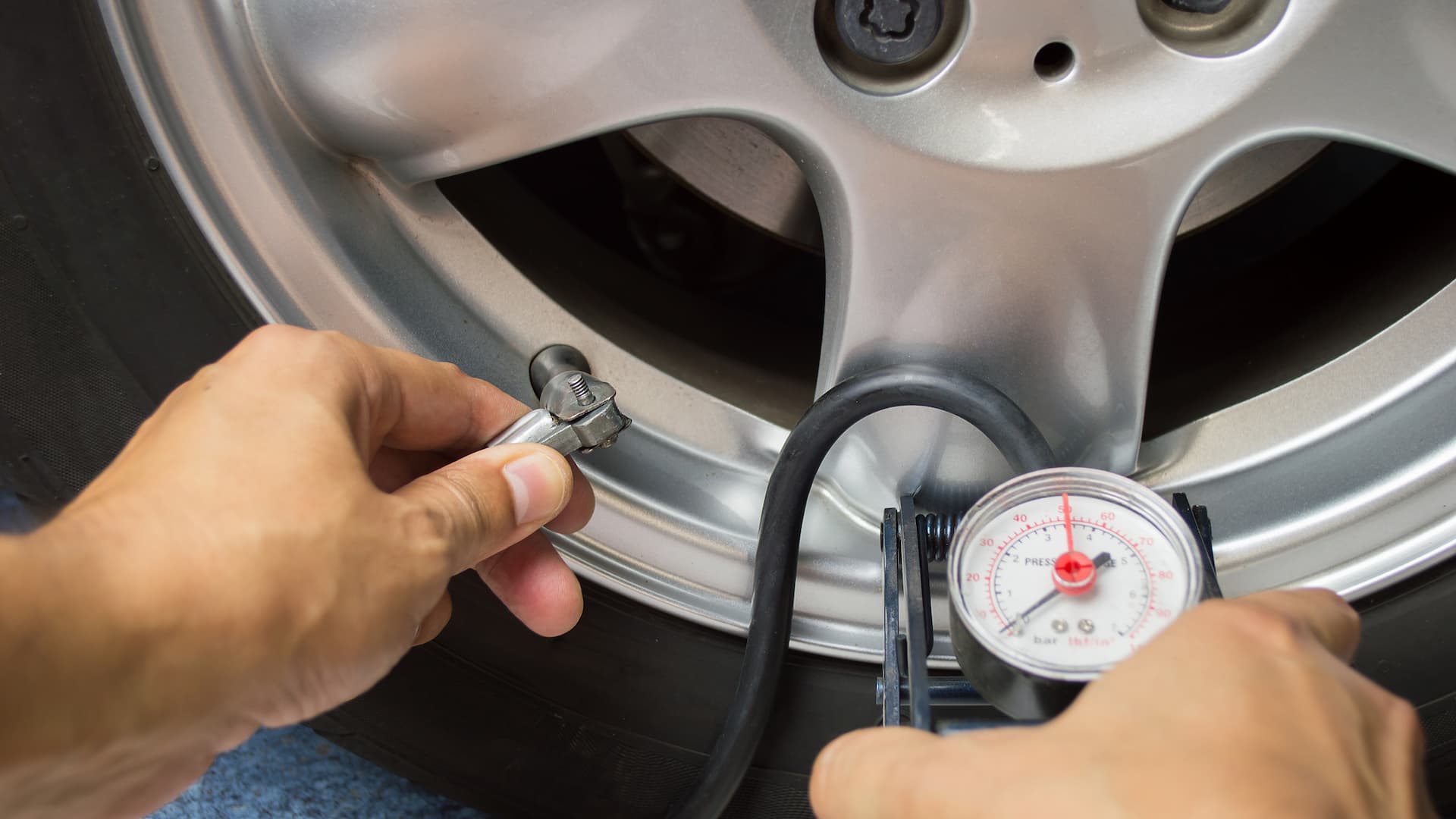5 Steps to Refilling Your Tire Air for Low Tire Pressure

Understanding the Importance of Proper Tire Pressure, In order to ensure your vehicle's safety and performance, maintaining proper tire pressure is crucial. Low tire pressure can have a significant impact on fuel efficiency and tire wear, which can lead to costly repairs and decreased overall performance. Driving with underinflated tires can also be extremely dangerous, as it can affect your vehicle's handling and braking capabilities.
Common Causes of Low Tire Pressure
There are several common causes of low tire pressure, including:
- Normal tire pressure loss over time
- Seasonal temperature changes and its impact on tire pressure
- Punctures and leaks in the tires
- Faulty tire valve stems

Checking Your Tire Pressure
It is important to regularly check your tire pressure to ensure it is at the recommended level. Here is a step-by-step guide to checking your tire pressure:
Step 1: Find a Suitable Air Source
Before you can refill your tires with air, you need to find a suitable air source. This can be a gas station with an air pump or a nearby tire service center.
Step 2: Prepare the Necessary Equipment
Make sure you have the necessary equipment on hand for refilling your tire with air. This includes a tire pressure gauge and a reliable air pump.
Step 3: Remove the Valve Cap and Check Tire Pressure
Before measuring your tire pressure, it is important to remove the valve cap. Once the cap is removed, use the tire pressure gauge to check the pressure of each tire.
Step 4: Refill Your Tire with Air
After checking the tire pressure, it is time to refill your tire with air. Connect the air pump to the tire valve and add the correct amount of air, based on the recommended tire pressure for your vehicle.
Step 5: Double Check the Tire Pressure and Reinstall Valve Caps
After refilling your tire with air, double-check the tire pressure to ensure it is at the recommended level. Once verified, securely reinstall the valve caps.
Maintaining Optimal Tire Pressure
To maintain optimal tire pressure, it is important to check and refill your tire pressure regularly. This can help prevent gradual air loss and ensure your tires are performing at their best. The recommended tire pressure for your vehicle can usually be found in the owner's manual or on a sticker inside the driver's side door. Additionally, regular tire inspections can help identify any potential issues with your tires.
Signs of Underinflated Tires and Consequences of Neglecting Them
Underinflated tires can be easily identified by visual signs such as a visibly sagging tire or uneven tire wear patterns. Neglecting underinflated tires can have serious consequences, including reduced handling and braking capabilities, increased risk of tire blowouts, and decreased fuel efficiency. It is crucial to address low tire pressure promptly to avoid these potential dangers.
Maintaining proper tire pressure is essential for both vehicle performance and safety. By regularly checking and refilling your tire pressure, you can ensure your tires are in optimal condition. Additionally, practicing safe driving habits and taking care of your tires through regular maintenance can help extend their lifespan and prevent costly repairs.

If you want to know other articles similar to 5 Steps to Refilling Your Tire Air for Low Tire Pressure you can visit the category Uncategorized.
